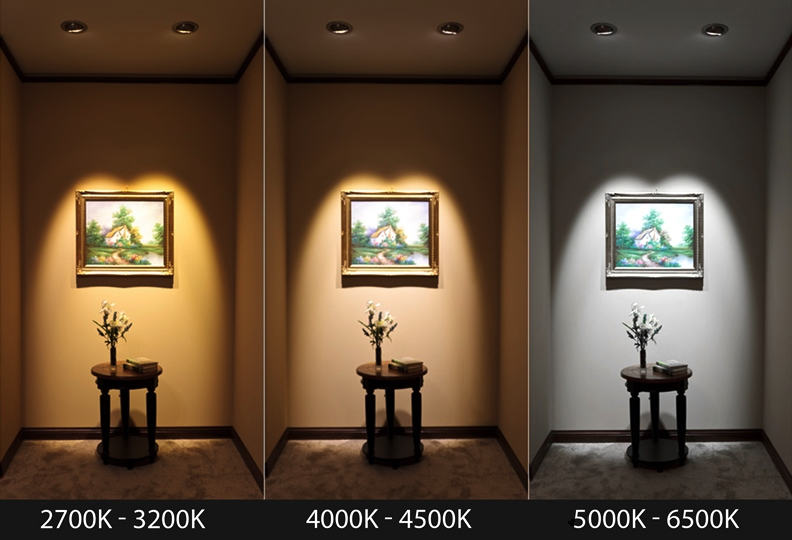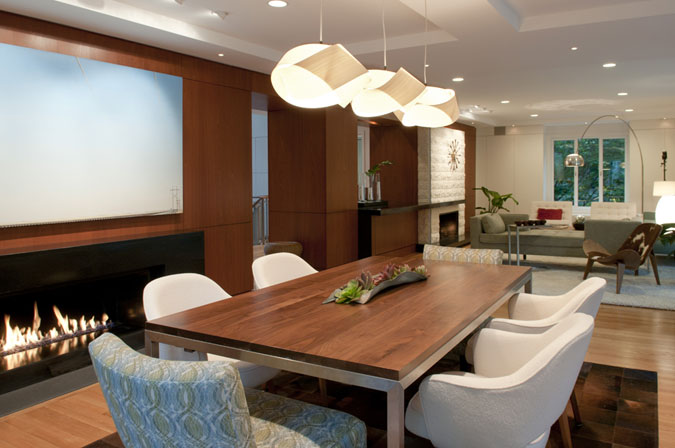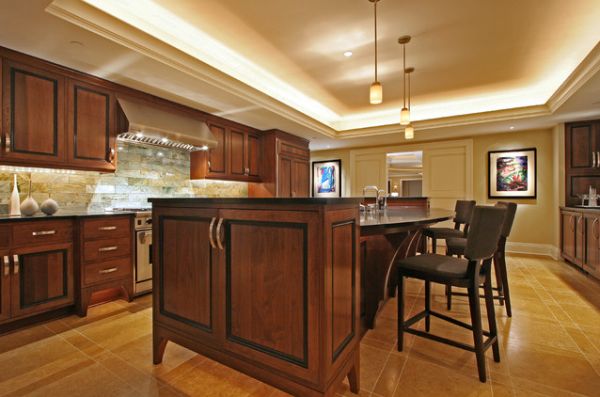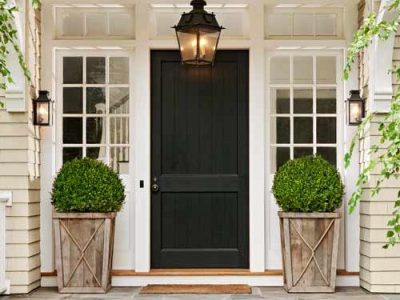Looking to brighten a poorly lit space? You’re not alone! When a space is too dark, it can feel uninviting and downright depressing. Maybe it doesn’t have any windows. Even if it does, perhaps it doesn’t draw much natural light. Maybe it’s just not lit properly, and luckily, that can be fixed! Brightening a poorly lit space in your home is possible, thanks to some simple lighting solves.
Here are our top three tips for brightening a poorly lit space:
1. Check your color temperature.
Color temperature has everything to do with the type of light you’re casting in a space. Lumens are an indicator of the brightness of a bulb, so they’re important to look for when you’re brightening your space. They appear on light bulb product labels, right next to a header that says “Brightness.”
When you’re shopping for brighter bulbs, remember this: Choose bulbs with more lumens to give yourself brighter light. Ambient lighting for a typical living space should be between 1,500 – 3,000 lumens. This is considered neutral, and will create an inviting atmosphere. To brighten dark spaces, choose bulbs between 4,000 – 5,000 lumens. The higher the number, the whiter the light is — so these higher lumen bulbs produce a more intense light that more closely resembles daylight.

“Light color is measured on a temperature scale, known as Kelvins (K). High Kelvin temperatures, ranging from 5000 K to 6500 K, produce white color light. White color lights are cool color and give daylight effect.” Photo Credit: Syska LED Lights
2. Incorporate recessed lighting.
Recessed fixtures can illuminate nearly any space, even ones that are typically dark — like hallways, closets, and basements. They offer flexible positioning and can be directed to distribute light exactly where you need it in a space. This is helpful because it allows you to use walls and other surfaces to reflect more light back into the room. Work with your licensed electrician to install can lights or down lights in dimly lit spaces to maximize your ambient light and transform your space.

A combination of recessed lighting and pendant lights create warmth.
3. Consider cove lighting.
Cove lighting is an elegant up-lighting option that features LED strip lighting. It is specifically designed to shed light on dark spaces by radiating indirect light. Installed around ledges, recesses, and ceiling valences, cove lighting illuminates the spaces that need it most, and changes the aesthetic of the space. It is meant to diffuses light by angling it up toward the ceiling. You electrician can help identify how much lighting you need, how bright it should be, and where it will be best placed.

Photo Credit: HomeDit
Good lighting is inviting. It creates a feeling and sets the tone for a room or area. In conclusion, make the most of all of your spaces with these dim-lighting fixes, and enjoy the brighter view!




